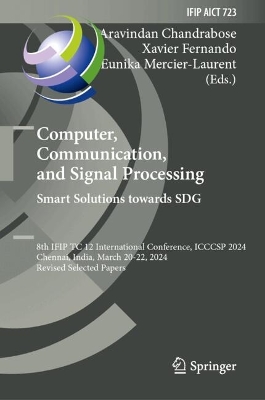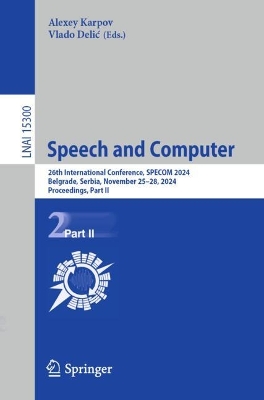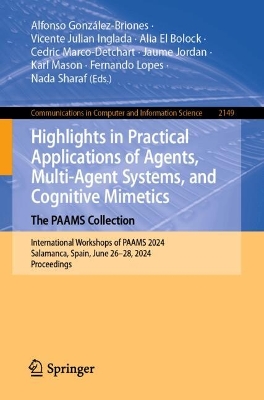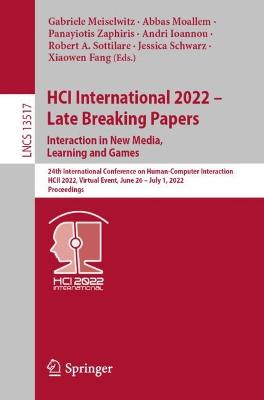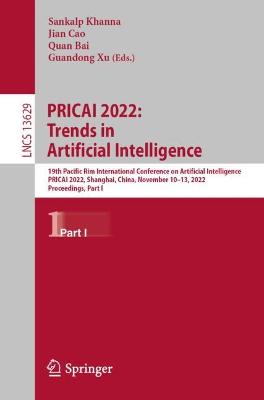Speech and Computer
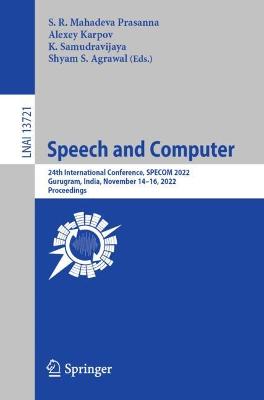 portes grátis
portes grátis
Speech and Computer
24th International Conference, SPECOM 2022, Gurugram, India, November 14-16, 2022, Proceedings
Agrawal, Shyam S.; Prasanna, S. R. Mahadeva; Samudravijaya, K.; Karpov, Alexey
Springer International Publishing AG
11/2022
720
Mole
Inglês
9783031209796
15 a 20 dias
1110

